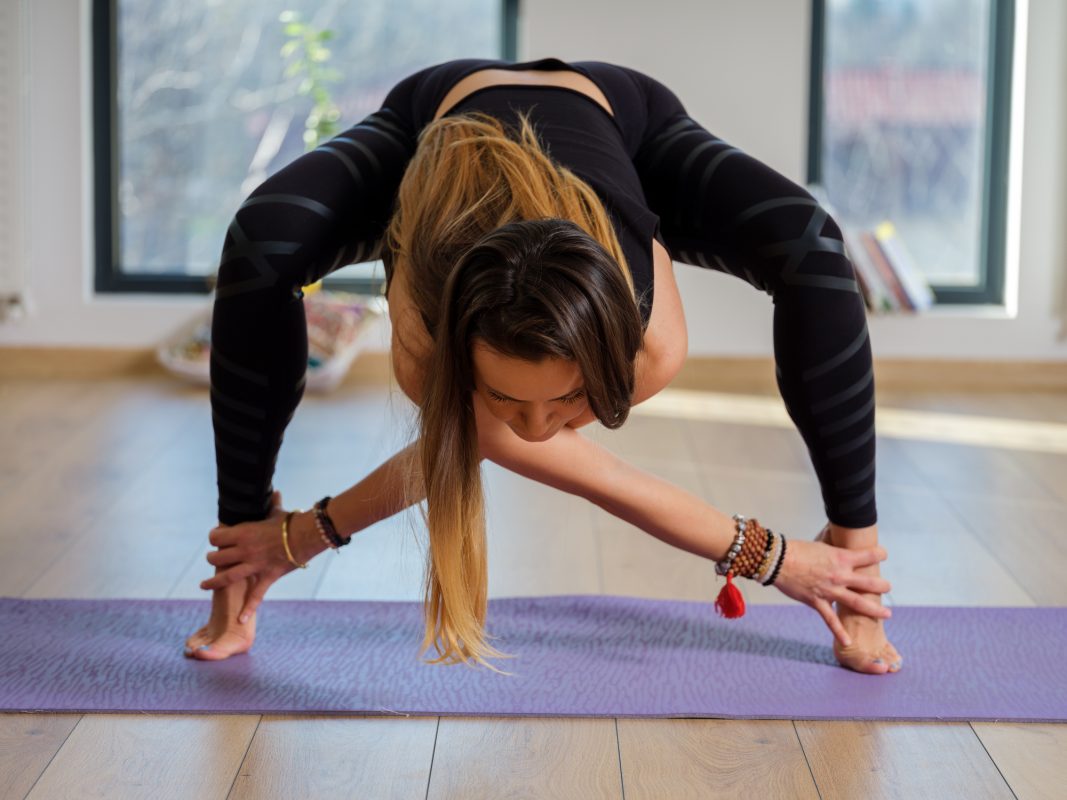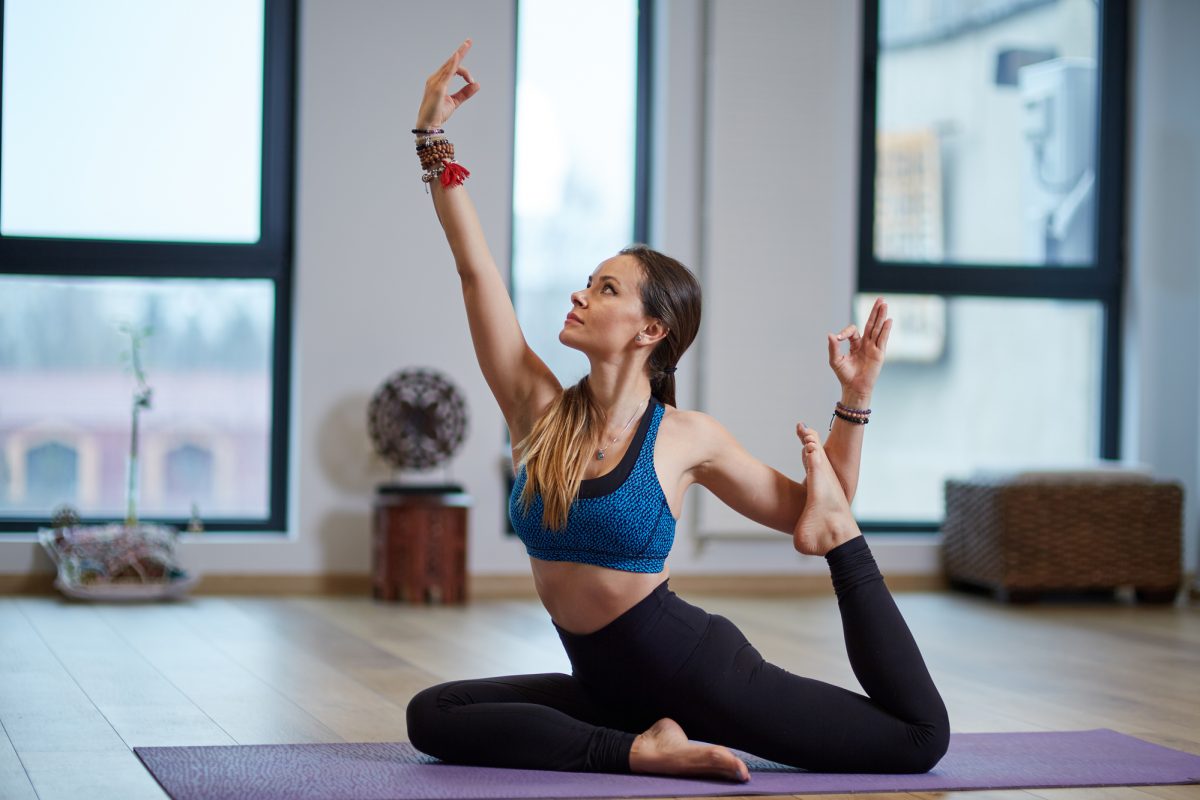Yoga Poses
Find the Right Yoga for You
Countless variations and hybrids of yoga are finding their way into studios and gyms globally. As a novice or even seasoned practitioner, how can you tell if the option you’ve chosen is the most suitable for you? This fun and revealing guide will help you pick the right class.
How to Find Your Yoga Style
Step 1: Consider why you practice
First of all, think about your reasons for practicing: Do you want a sweaty workout, or are you just fascinated by yoga’s restorative benefits? Are you looking for a spiritual experience or relief from back pain?
Step 2: Be honest about your personal needs
After that, consider your preferences and needs: Would you like individualized attention or would you be more motivated by a community vibe? Do you want to be pushed or do you need a more compassionate approach? And then be honest with yourself about possible physical, financial, and time limits that will all be factors in choosing the yoga style that fits you best.

Step 3: Check around
The simple truth is, you might not even know what you’re on the lookout for until you start trying on styles, but you’ll know when you’ve found the yoga that’s best for you. Keep close track of how your body feels all through and after class: The pace and level of practice can feel challenging but not overtaxing, so you should feel more relaxed, open, and secured in your body after class, not more burdened and disconnected. Take note of the emotional and mental shifts that occurs during class too. Notice what motivates you, or whether you’ve checked out and lost interest. The ideal sign of a good fit: You’ll want to take the class again.
Why Finding the Right Style is Important
It’s vital for a student to find yoga that he/she resonates with. Do whatever it is that makes you want to do yoga. there’s no right or wrong, superior or inferior style. And understand that asana practice (Hatha Yoga) is simply one of six branches of yoga outlined in sacred texts. If a physical practice starts to feel limiting, check out one of the other five branches: meditation (Raja Yoga), the yoga of service (Karma Yoga), or the yoga of devotion (Bhakti Yoga), the mind (Jnana Yoga), or ritual (Tantra Yoga).

If you are staying with Hatha, all types of the practice have 3 things in common: breath, poses, as well as the opportunity to be present. Conscious, diaphragmatic breathing done through the nostrils is the foundation of most yogic practices. There are a couple of basic postures found across various styles (although how they are taught can vary greatly). And, the lynchpin: All asana classes require your presence on the mat while you develop a stronger mind-body connection.
There are numerous schools and traditions and lineages of yoga philosophy but there’s usually commonality to all of them, and there are many real differences, too. So if your chosen yoga style suddenly feels not right— just understand that your needs can change weekly, monthly or even yearly.

